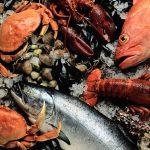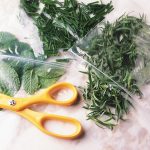
After vitamins and minerals, fish oil with its omega-3 fatty acids is the most widely used supplement, taken by an estimated 10% of Americans. So, when research reviews show that it doesn’t provide the health benefits for people with heart conditions that researchers thought it did, it’s hard to know what to do. One thing researchers do know is that omega-3s are essential fats — your body can’t make them. So for general good health, you need to get them from diet. The Main Types of Omega-3 Fatty Acids Eicosapentaenoic acid (EPA) and docosahexaenoic acid (DHA) are found in fatty fish and some shellfish. Alpha-linolenic acid, or ALA, is found in vegetable oils, nuts (especially walnuts), flax and some leafy vegetables. Omega-3s can help reduce inflammation, a factor in both artery-clogging plaque and autoimmune diseases like rheumatoid arthritis. There is some evidence that omega-3s offer modest rheumatoid arthritis symptom relief. Omega-3s can thin blood and may reduce the likelihood of dangerous clots, but that could also mean it will take your blood longer to clot after a simple cut, for instance. This can be dangerous if you’re also on a prescription blood thinner or take NSAIDs, which can cause bleeding ulcers. So talk to your doctor about potential drug interactions if you’re considering omega-3 supplements. One important point about the research that found little or… read on >





























-300x200.jpg)







-300x169.jpg)
